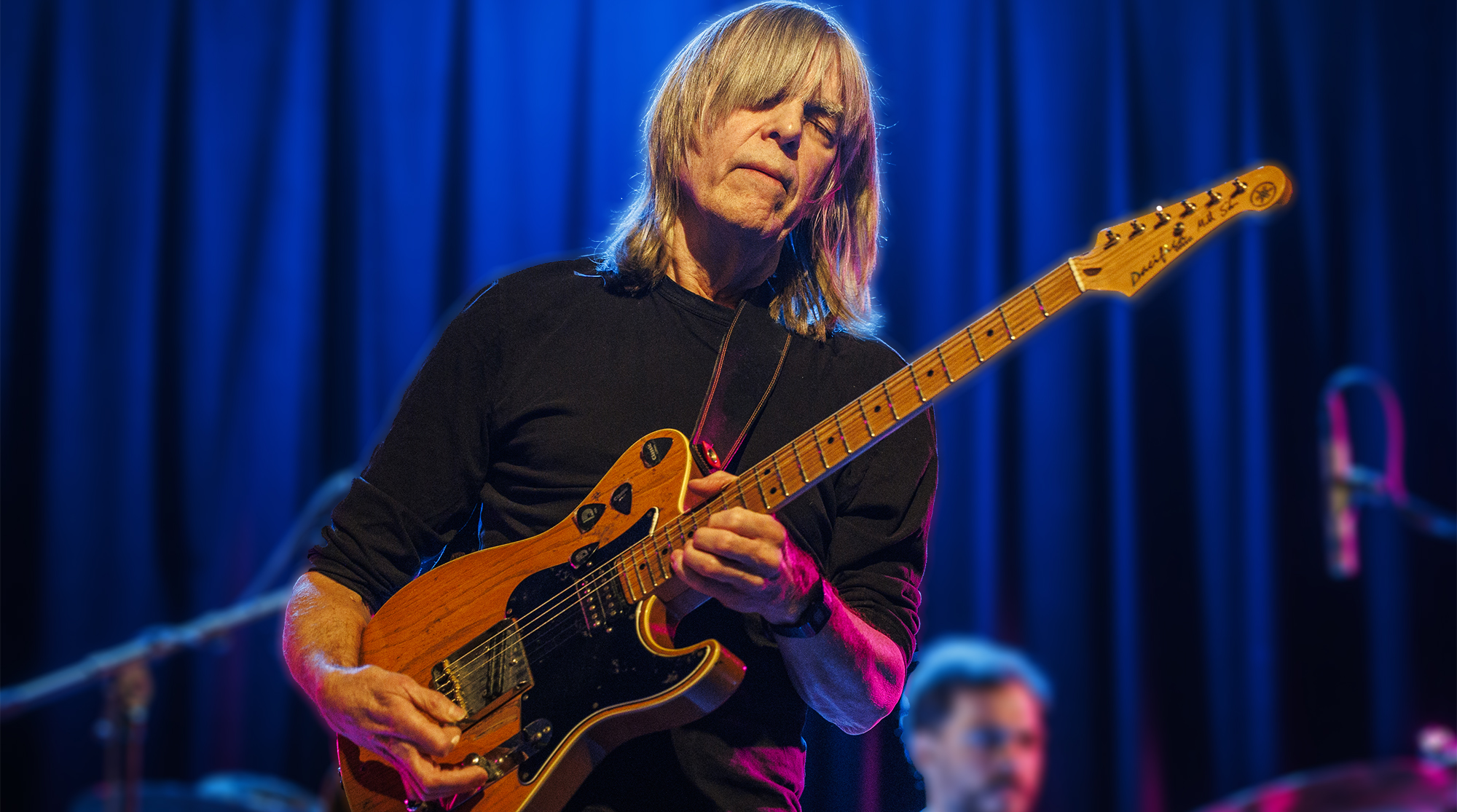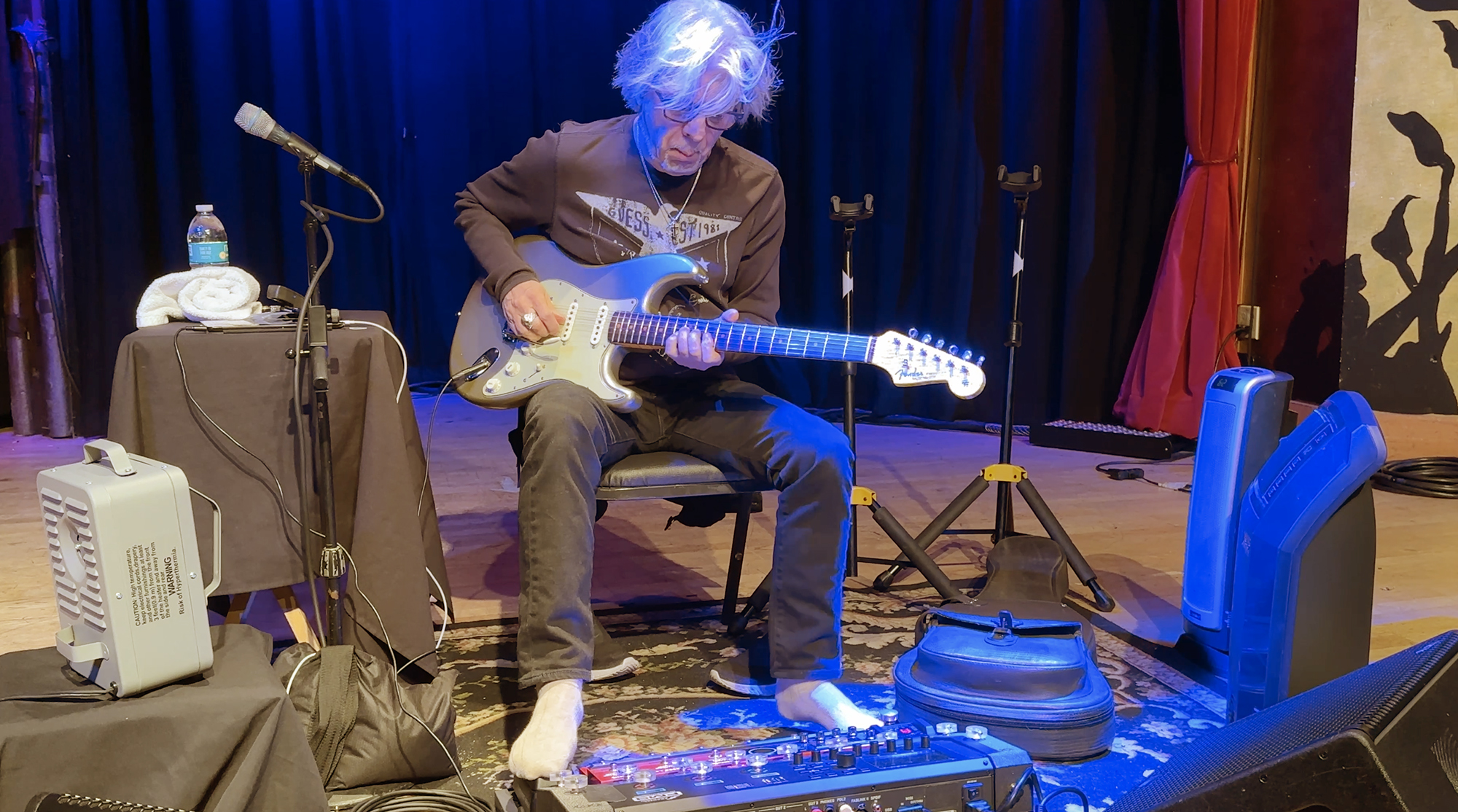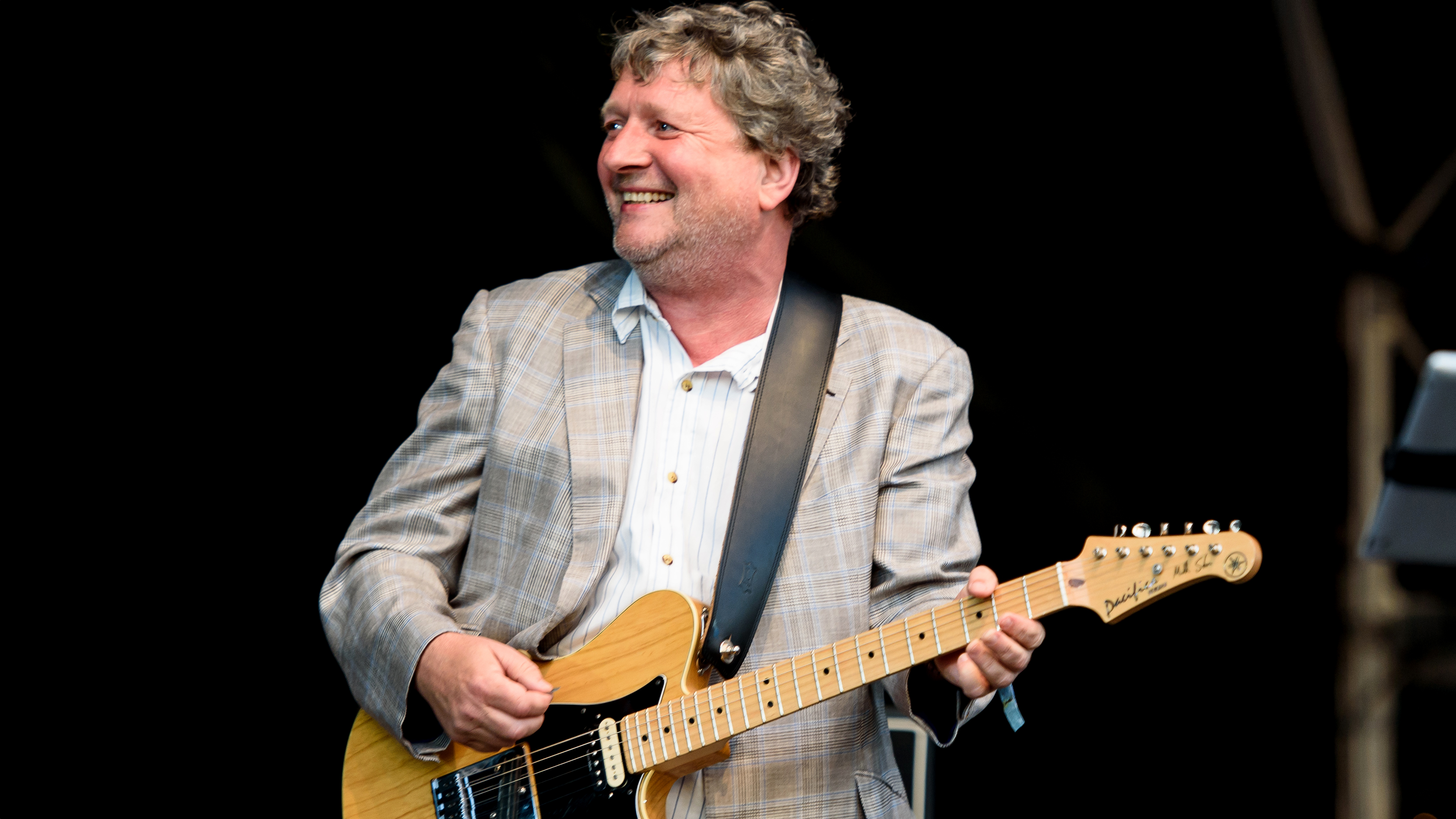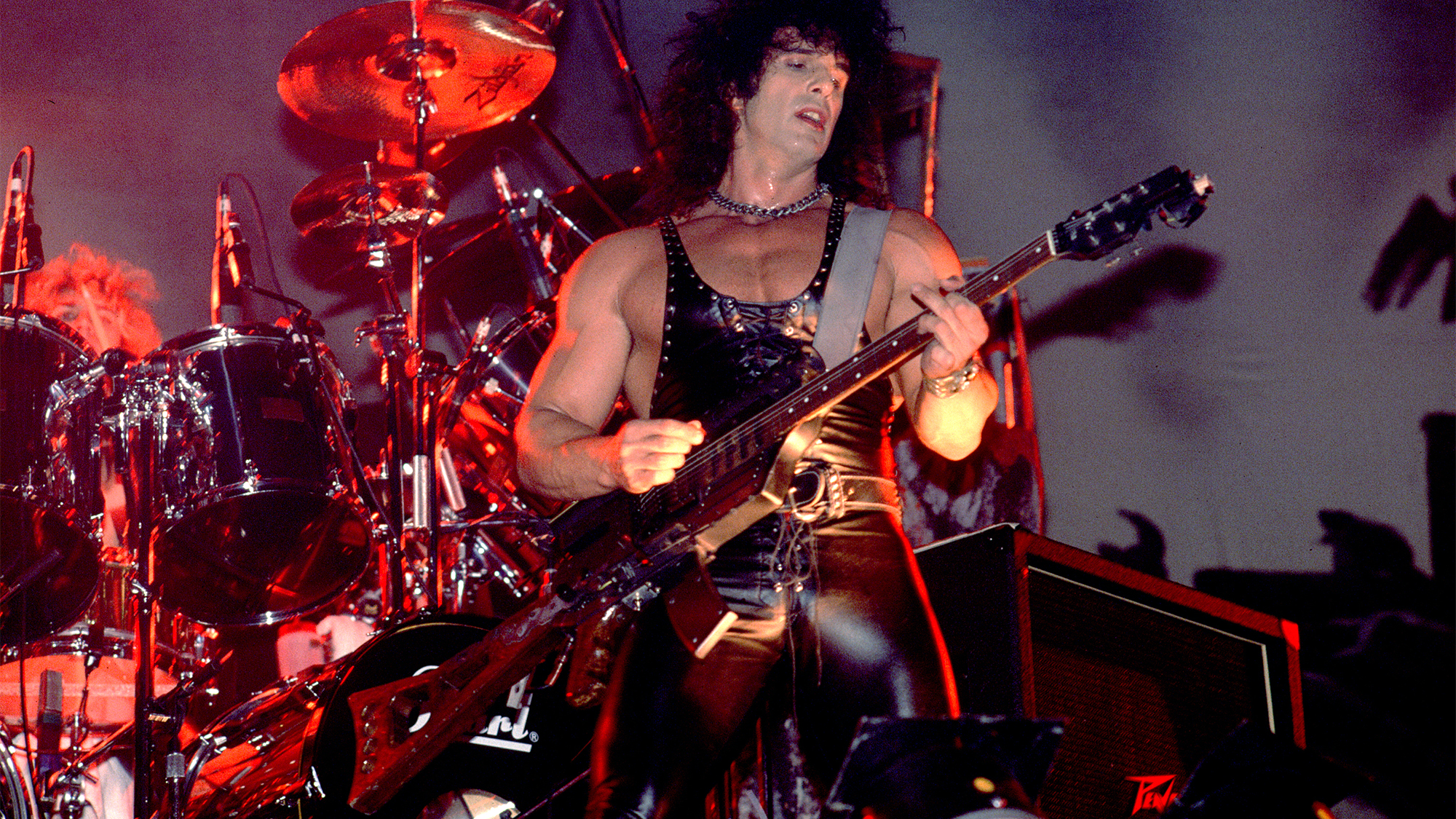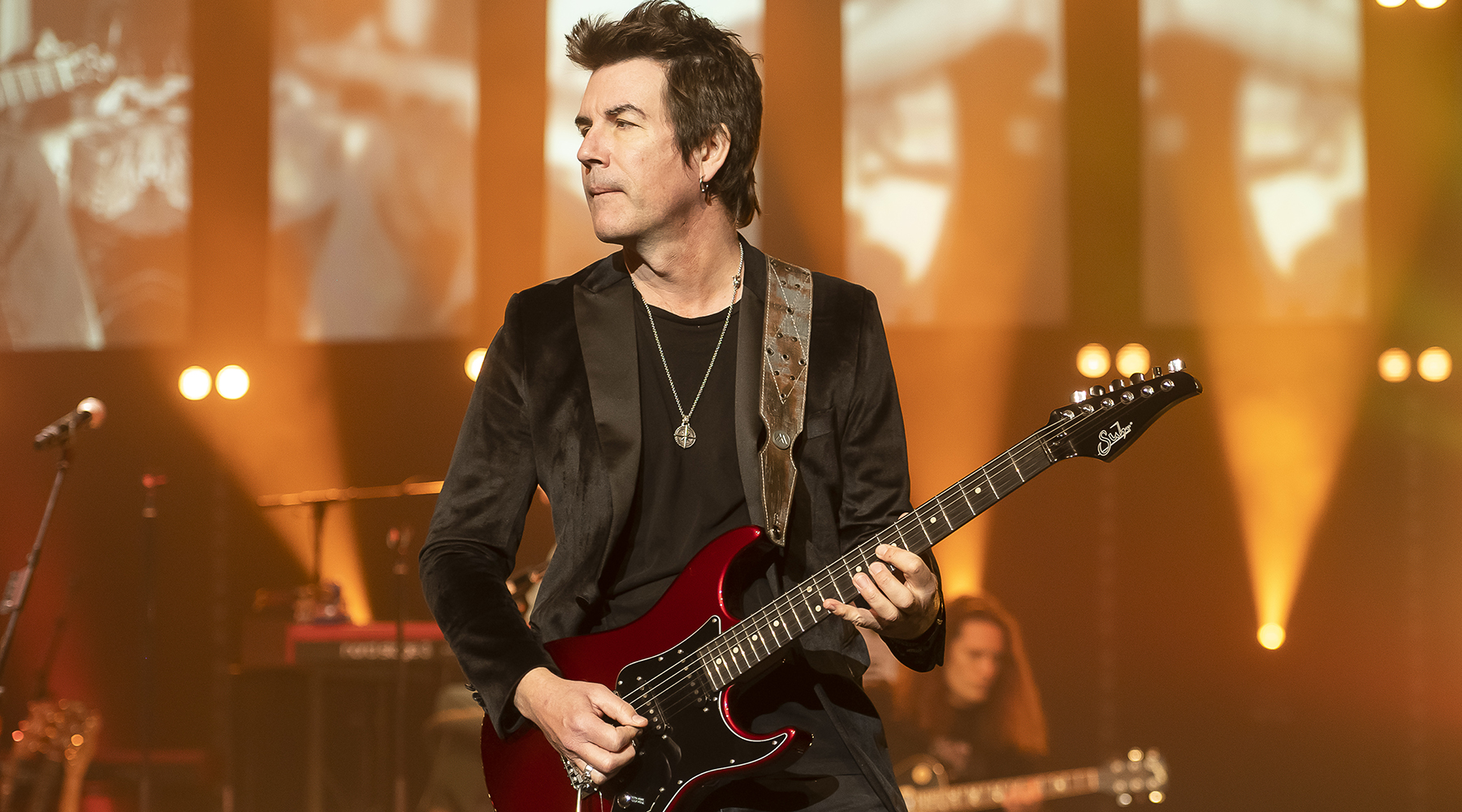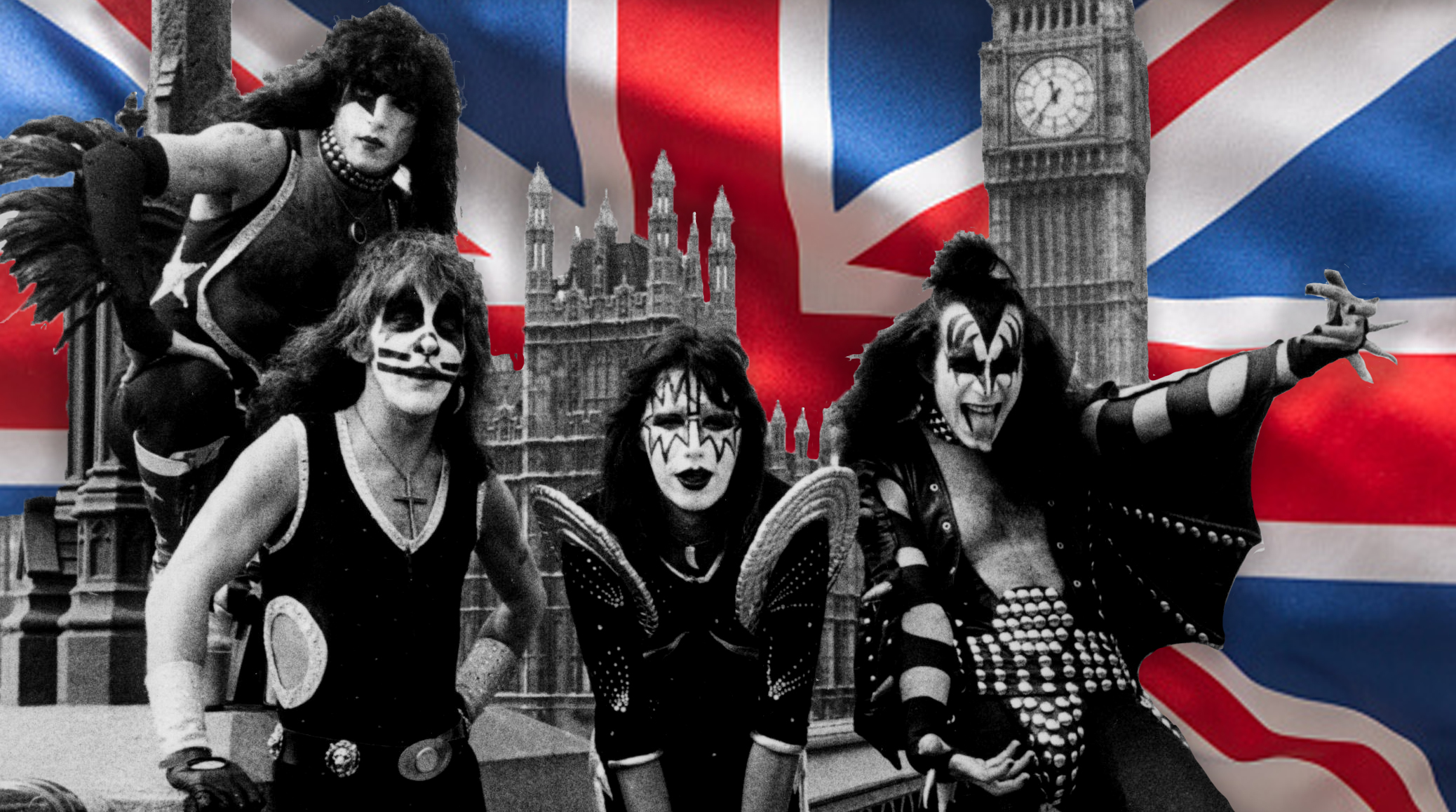“In my head, I could hear it as a monster.” Tony Iommi on the moment he instantly composed “Iron Man,” calling it one of two Black Sabbath songs he relates to
The guitarist, who will regroup with Black Sabbath's original lineup, told Guitar Player the song is an example of his desire to write "something dramatic and big"

It's impossible to overstate Tony Iommi’s influence on heavy metal. Since Black Sabbath made its recording debut in 1970, the left-handed six-stringer has defined the genre's dark and ominous sounds with his low-tuned 1964 Gibson SG Special electric guitar and sinister riffs.
Iommi will be rejoining the original Black Sabbath lineup — alongside Ozzy Osbourne, bassist Geezer Butler and drummer Bill Ward — on July 5 for the quartet’s first concert in 20 years and, reportedly, last-ever performance together. As fans look forward to one last blowout show from the heavy metal OGs, it’s a good time to remind ourselves of Iommi’s contributions to guitar and, in particular, one of his most compelling early tracks: Paranoid's "Iron Man."
From his low, C# standard tuning (C# F# B E G# C#) to his embrace of the flatted fifth — a.k.a. the devil's interval — and root-plus-five power chords, Iommi wrote the rules for heavy-metal guitar playing (and broke a few standard guitar rules along the way). In doing so, he devised some of the best — and most menacing — riffs in early heavy-metal history.

“Iron Man” man certainly ranks among the best of them, and it's one of the songs Iommi considers quintessential Black Sabbath.
“I always relate to [the song] ‘Black Sabbath’ and ‘Iron Man,'" he says. "A lot of people say ‘Paranoid,’ but the song was written as a filler for the album — it was never intended on being anything else."
"Iron Man"'s plodding first half is built on a jagged power-chord riff that connotes impending danger and chaos. As Iommi explained to Songfacts’ Greg Prato, the riff is one he simply plucked from the air, with inspiration from drummer Bill Ward.
“I was in a rehearsal room, and Bill started playing this boom, boom, boom,” Iommi revealed in 2021. To the guitarist, the pounding sounded ominous. “In my head, I could hear it as a monster.”
As Ward drummed, Iommi drew an immense groan from his open low E string, like the creaking doors of an old mausoleum, by bending it behind the nut. From there, it was one quick jump to the song’s signature riff.
"Most of the riffs I've done I've come up with on the spot, and that was one of them,” Iommi said. “It just came up. It went with the drum, what Bill was playing. I just saw this thing in my mind of someone creeping up on you, and it just sounded like the riff.”
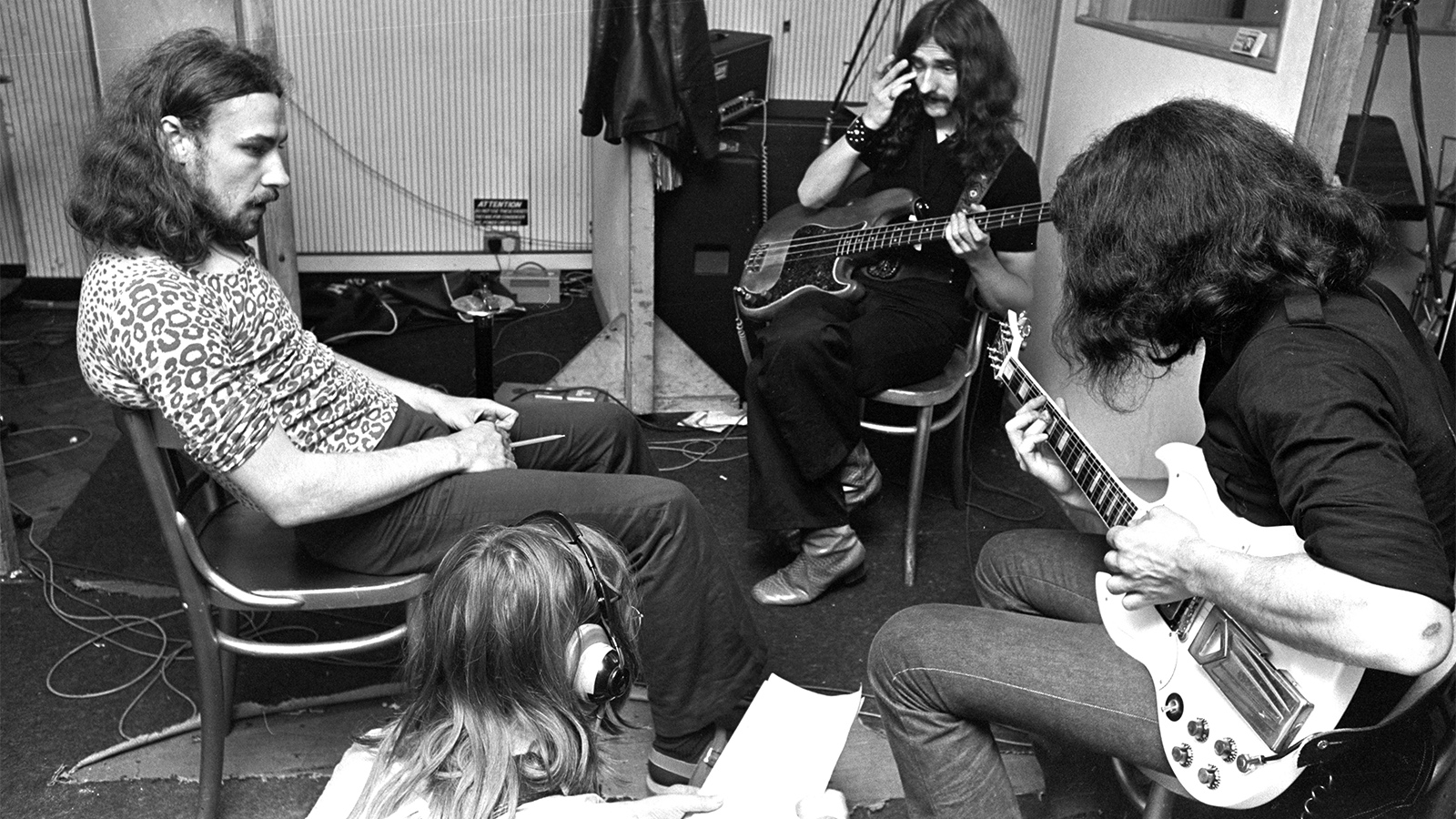
While many heavy-metal acts have tried to conjure up that sort of magic for themselves, Iommi explains that Black Sabbath weren’t thinking about achieving greatness or attempting to influence anyone when they started out.
“It's hard to believe it happened, because you never think of that,” he told Guitar Player in 2013. “You're just playing something that you like. You certainly don't think, Oh, this is going to last forever, and this is going to be voted the best riff of all time. But to see it now and to hear it — it’s fantastic. What better thing could be said about your music than that?”
“Iron Man” is perhaps the best example of Iommi’s desire to create music imbued with outsized drama. The influence was, remarkably, classical music. “I think it was the dramatics of it all,” he told GP. “! used to listen to the old classical stuff, with the dynamics in the music, and I wanted that sort of dynamics in what we were doing—something that was really dramatic and big.
“And that's what I tried to achieve guitar-wise. I wanted to make this big, powerful thing come over you — like what happens when you go and see a horror film. I wanted to create a huge sound that was really horrific in some ways, if you know what I mean.”
Of course, none of Black Sabbath's songs would have come to pass had Iommi's last-minute invitation to join Jethro Tull in 1968 panned out. He was playing in Earth with his future Black Sabbath bandmates the future folk-proggers hired him as a last-minute replacement for guitarist Mick Abrahams, who had just left the band. His run with the band was short, but used what he learned to make the newly renamed Black Sabbath a stronger outfit. "When I came back from Tull, I came back with a new attitude altogether," he said. "They taught me that to get on, you got to work for it."
Black Sabbath certainly did. And while many would say without hesitation that Black Sabbath established the template for heavy metal — and in Iommi’s case, the importance of the power chord within the genre — the guitarist says the group was only following its heart.
“It's hard to talk about yourself that way and say, ‘Oh yeah, we did this and we did that,’ because you're just doing it for you at the time and hoping people like it. But it's been proven over the years with people coming up saying we've changed their life with our playing, and we helped other bands develop something. I think it's made a big impact on music. I don't think the music would be like it is today without us—without bragging about that.”
Get The Pick Newsletter
All the latest guitar news, interviews, lessons, reviews, deals and more, direct to your inbox!
Christopher Scapelliti is editor-in-chief of GuitarPlayer.com and the former editor of Guitar Player, the world’s longest-running guitar magazine, founded in 1967. In his extensive career, he has authored in-depth interviews with such guitarists as Pete Townshend, Slash, Billy Corgan, Jack White, Elvis Costello and Todd Rundgren, and audio professionals including Beatles engineers Geoff Emerick and Ken Scott. He is the co-author of Guitar Aficionado: The Collections: The Most Famous, Rare, and Valuable Guitars in the World, a founding editor of Guitar Aficionado magazine, and a former editor with Guitar World, Guitar for the Practicing Musician and Maximum Guitar. Apart from guitars, he maintains a collection of more than 30 vintage analog synthesizers.
“I was home with the family and I got a phone call saying, 'You've won a Grammy.' We were like, 'You've got to be kidding?'” Martin Barre recalls Jethro Tull’s famous Grammy triumph over Metallica 36 years on
“F****d me up completely. I couldn’t make head or tail of it.” Eric Clapton on the one guitarist who blew him away onstage

